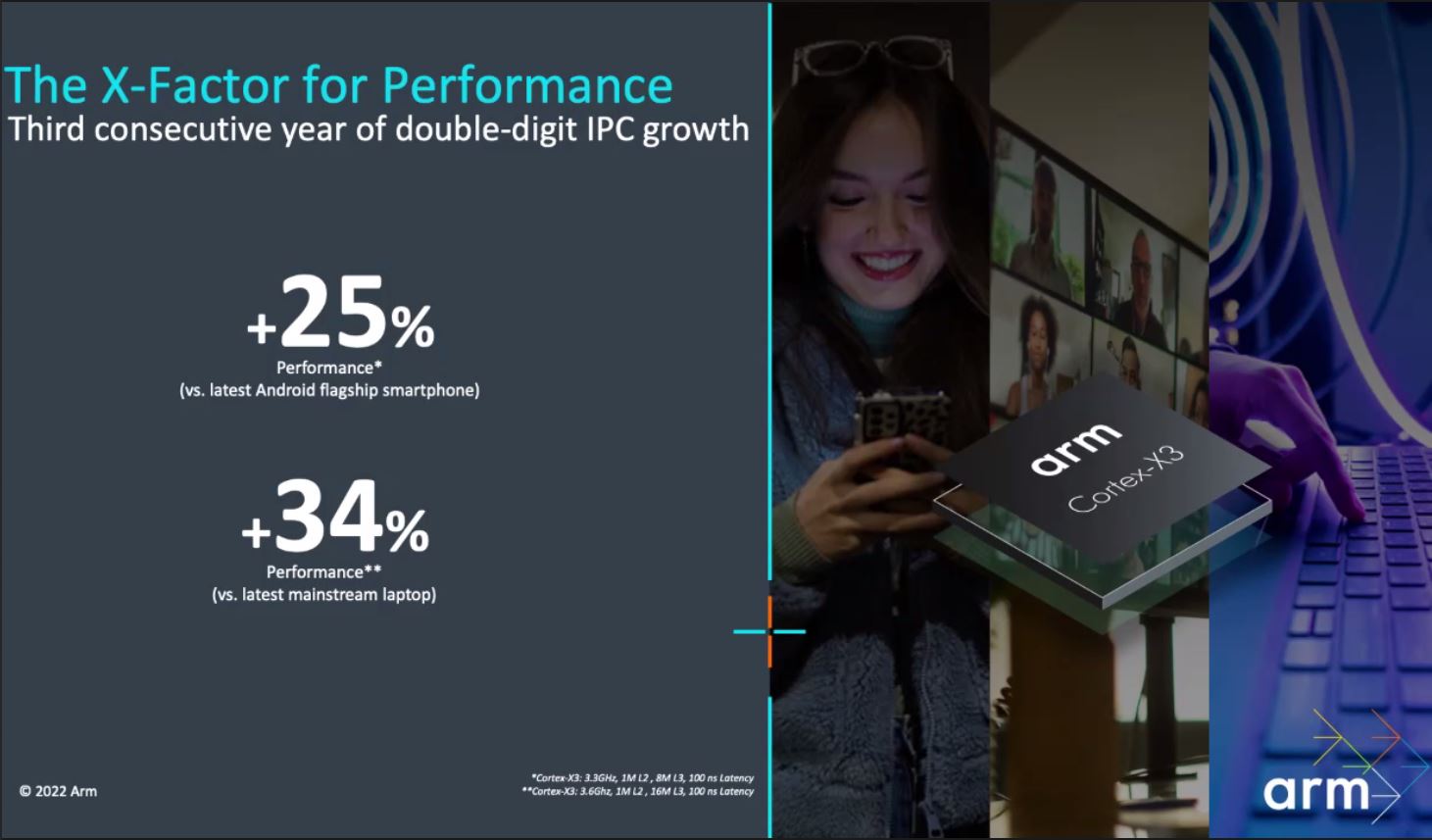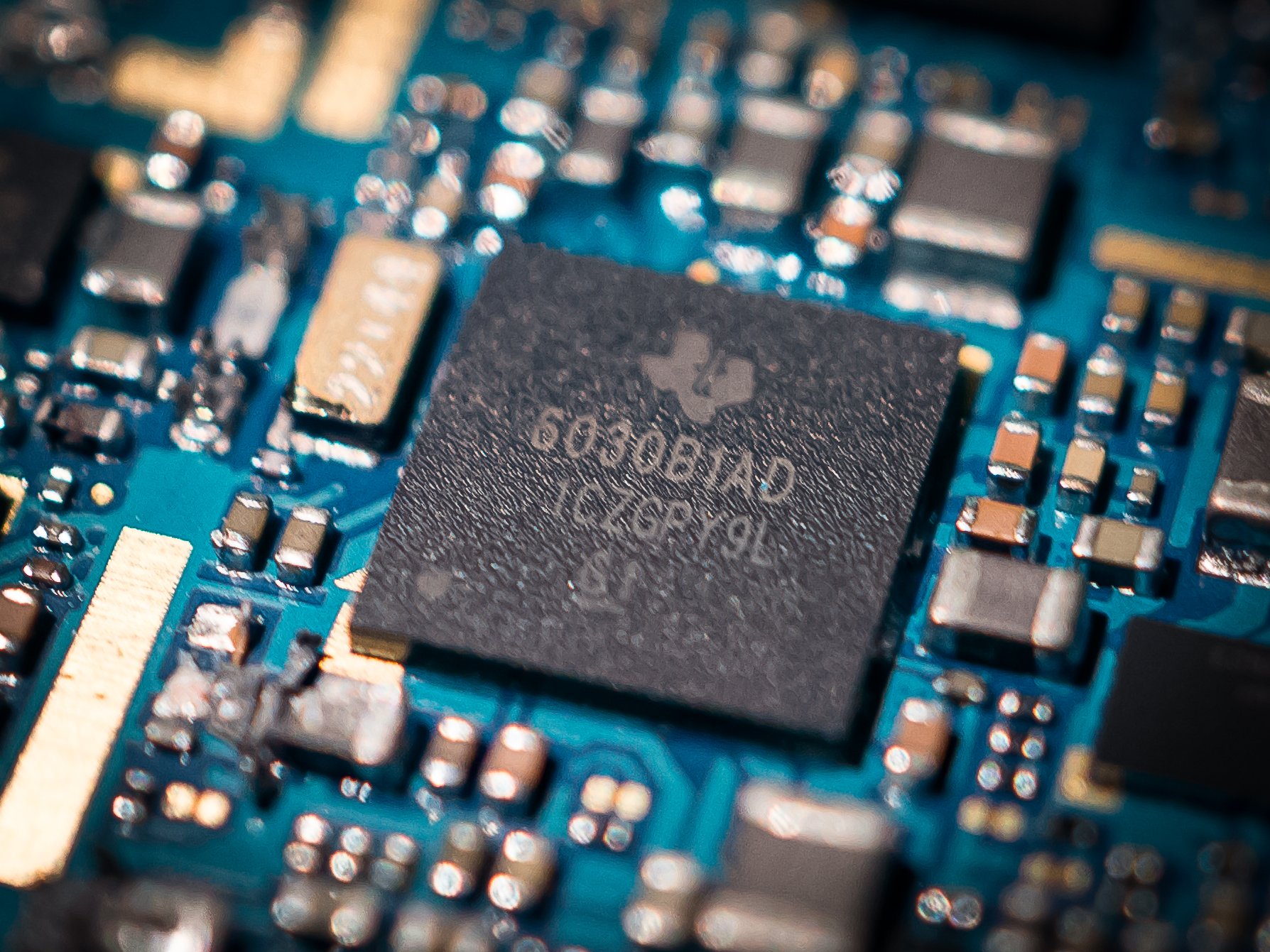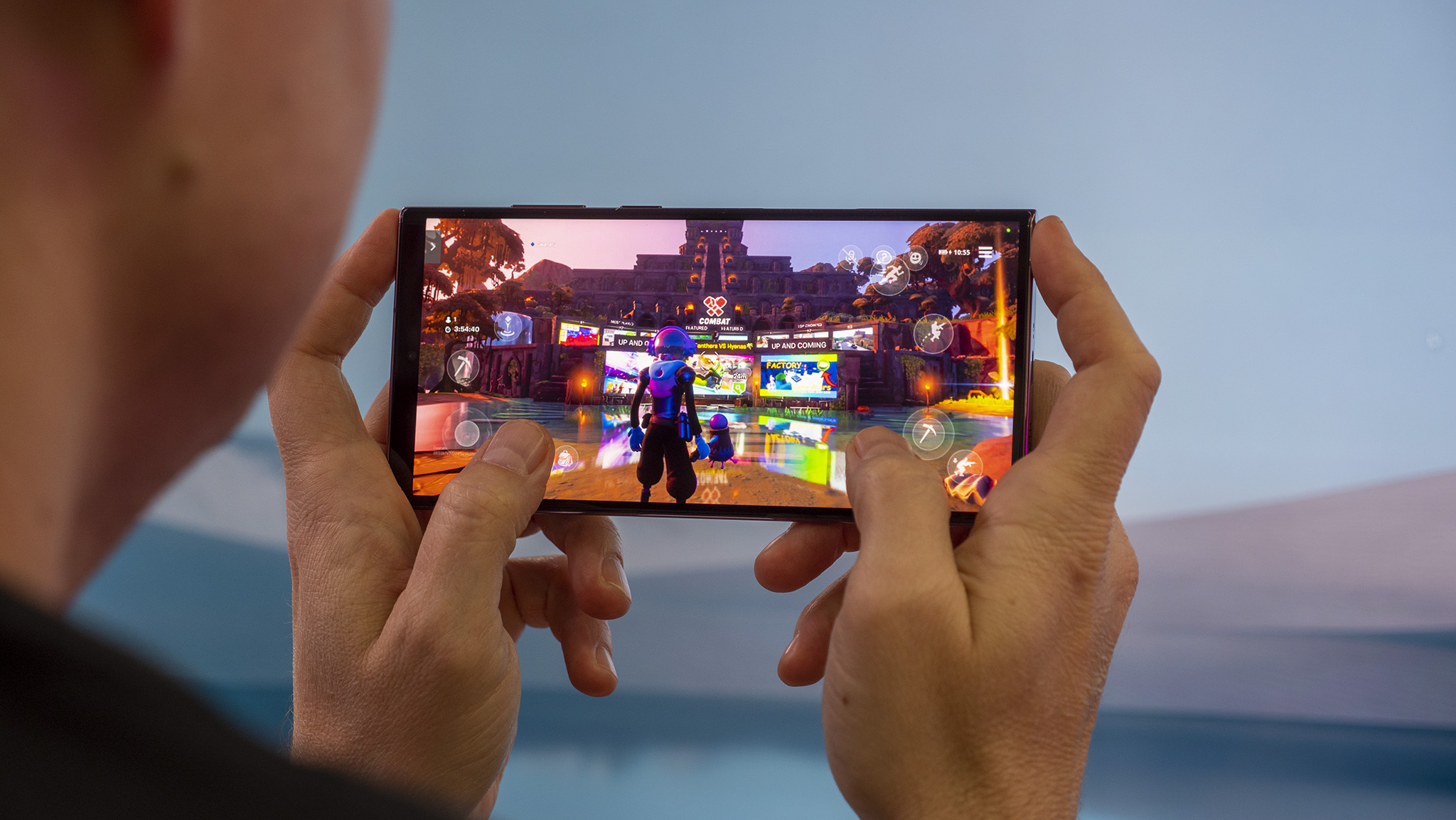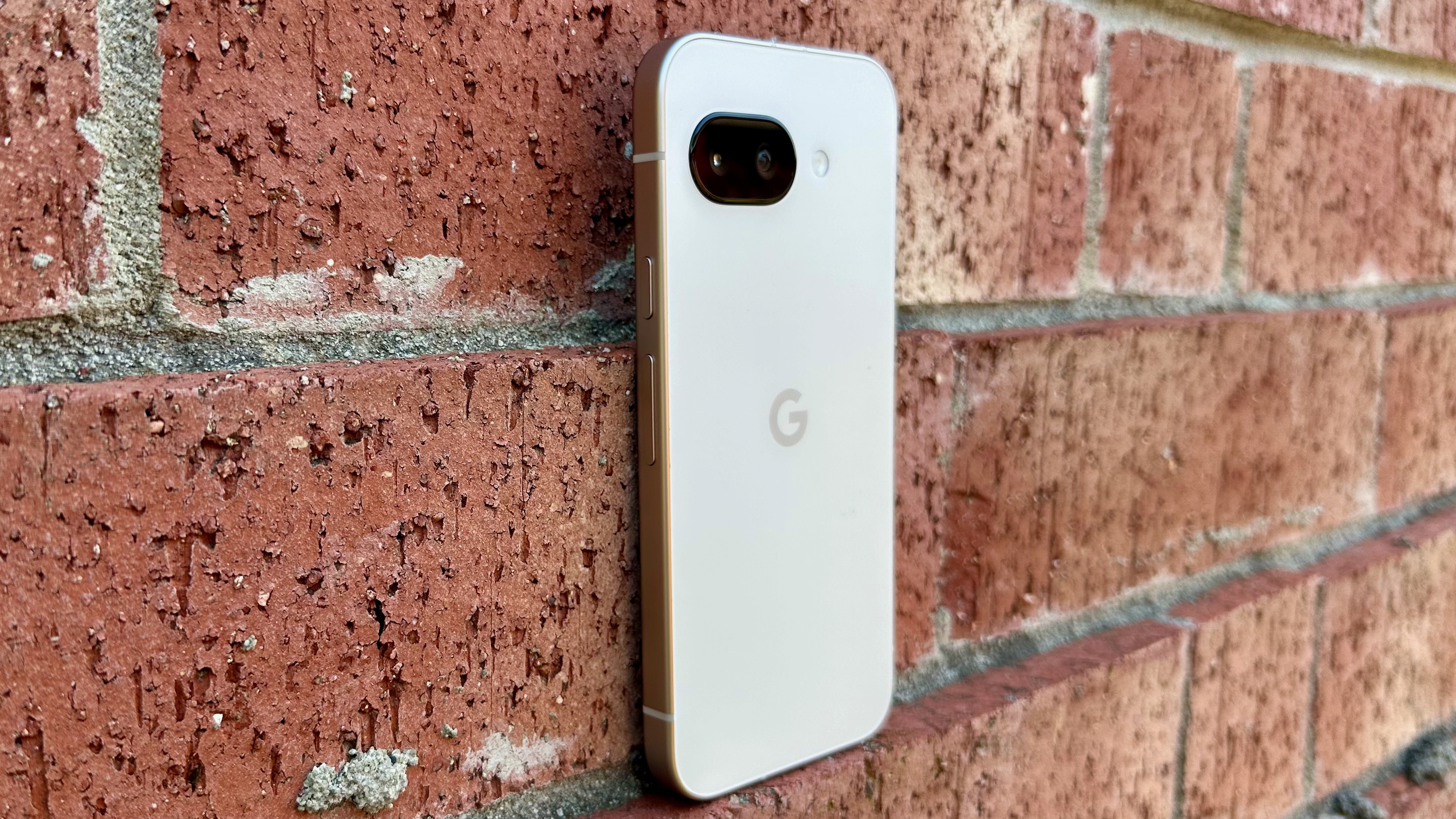What Arm's new designs mean for your next phone

Arm has unveiled the next generation of its total compute solution, and we got to learn about the new Arm V9 CPU design and its Cortex-X3 processor core, the workhorse A715 processing core, a revamped A510 high-efficiency "LITTLE" core, and two new GPU designs: the Mali G710 and the uber high-end Immortalis GPU.
For those who want to dive into the hardcore elements of the new designs, Arm has plenty of documentation and other technical things on their website. What we're most interested in is the question of what any of this means for the phone we're going to be buying next.
What does Arm actually make and is it in my phone?

Arm isn't a normal phone hardware company. In fact, the company doesn't make anything you or I can buy. But without it, your smartphone probably wouldn't be a thing.
Arm is the company that makes — wait for it — the designs on which every Arm CPU is based. The company designs the processor cores and GPU as well as all the circuitry that is needed to have them do anything useful. Other companies like Qualcomm, Samsung, and Apple then license these designs so they can build their own take on a modern Arm SoC (System on a Chip).
Arm provides the base design for almost every mobile chip available.
Arm allows companies to alter these designs the same way Google allows companies like Samsung to take its Android code and change it to better suit a line of products. In the end, though, those ultra-premium chips inside the best Android phones may be built by Qualcomm, but they are custom designs based on intellectual property licensed from Arm.
Even though there isn't a physical product being sold, Arm is one of the most important companies around when it comes to any mobile ecosystem.
Arm's new design will be everywhere

Arm's 2022 Total Compute Solution doesn't just affect the next generation of flagship phones, even though that's what most of the talk is about. Those flagships will be more flagship-y than ever before because of them, but budget-friendly handsets got a boost as well.
Get the latest news from Android Central, your trusted companion in the world of Android
The showcase products are the new Cortex-X3 CPU core, the Cortex-A715 CPU core, and the Immortalis GPU design. If you buy the highest-end phone, you're likely to see some or all of these designs incorporated into it.
The Cortex-X3 is the latest "super" core that is designed to kick into gear whenever a huge burst of processing power is needed. It's not designed to run all of the time, but it does offer a substantial (25% for smartphone use and 34% for laptops) performance boost over the Cortex-X2.
The Cortex_X3 is there when it's needed, but only when it's needed.
It's also going to be a battery hog. It's more efficient than prior versions, but it's still designed to provide computing power in short bursts exactly when it is needed. For the rest of the time, when you need a powerful CPU to run whatever it is you're seeing on your screen, the Cortex-A715 CPU cores are doing the work.
The Cortex-A715 offers a modest 5% performance gain over the Cortex-A710, but it does it while using 20% less energy. That means you can use your phone even longer between charges, and that's what we all really want.
The rest of the time the Cortex-A510 is doing the work. It's the LITTLE part of the big.LITTLE configuration we see in almost every Arm SoC where there are power cores that run when a device needs them (the big) and energy-efficient cores designed to handle the general duties of a processor (the LITTLE).
The updated Cortex-A510 offers a 5% power reduction and because of an update to the DSU-110 (DynamIQ Shared Unit), it's more scalable with 50% more cores supported in a CPU cluster and uses a new merged-core architecture. Don't worry if you don't know what that means (or if you don't really care) because what you need to know is that it's a better design, even though it's not a completely new design. These are the good kinds of updates.
Three new CPU designs and three new GPU designs make up Arm's 2022 offerings.
Finally, we come to the Immortalis-G715 GPU. Besides having a name that sounds like a Diablo universe villain (I'm not complaining!), it's the first Arm design that supports hardware-based ray tracing. That doesn't mean it's the first Arm-based GPU to support it — it means it does so as designed, and a company like MediaTek can include it with no changes to support ray tracing.
Ray tracing on mobile might never be a thing, but if you love playing games on your phone, you will appreciate the best GPU available, and the Immortalis is the best Arm has offered. But two other new GPU designs are more important for most people: the "regular" Mali-G715 and the Mali-G615. These are what we'll see most phones that use an Arm Mali GPU ship with.
Both are updates to GPUs of the past, the G610 and G710, respectively, but offer both a 15% performance boost and 15% better energy efficiency than previous iterations. Your mid-range phones and budget phones deserve a good GPU, too.
OK so when?

No phones have been announced as using any of these designs, and that's not surprising, seeing that Arm has just announced them. I did ask Arm for any information about vendor timelines and was told that they can't share any news from their partners but to expect to learn more as we move closer to the next generation of products from Samsung and other big names in the industry.
One would expect to see MediaTek as the first company to use these designs as they are an important hardware partner that also moves quickly. The Dimensity series would be an excellent showcase for things like the Immortalis GPU and Cortex-X3, too.
Qualcomm and Samsung are likely hard at work incorporating these designs into their next generation of products, and I would expect to see the new Arm V9 designs in SoCs sold during 2023. Google could also be working with Arm to include the newer GPU and Cortex cores in its next-gen Tensor chip, though that's not nearly as certain.
What is certain is that every company that makes its own ARM-based chip, from Apple to Qualcomm, has been working on how it wants to leverage these new designs for future products. They know customers want better performance and battery life, and Arm has laid much groundwork to make it happen.

Jerry is an amateur woodworker and struggling shade tree mechanic. There's nothing he can't take apart, but many things he can't reassemble. You'll find him writing and speaking his loud opinion on Android Central and occasionally on Threads.
